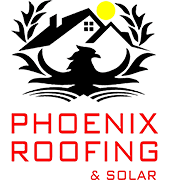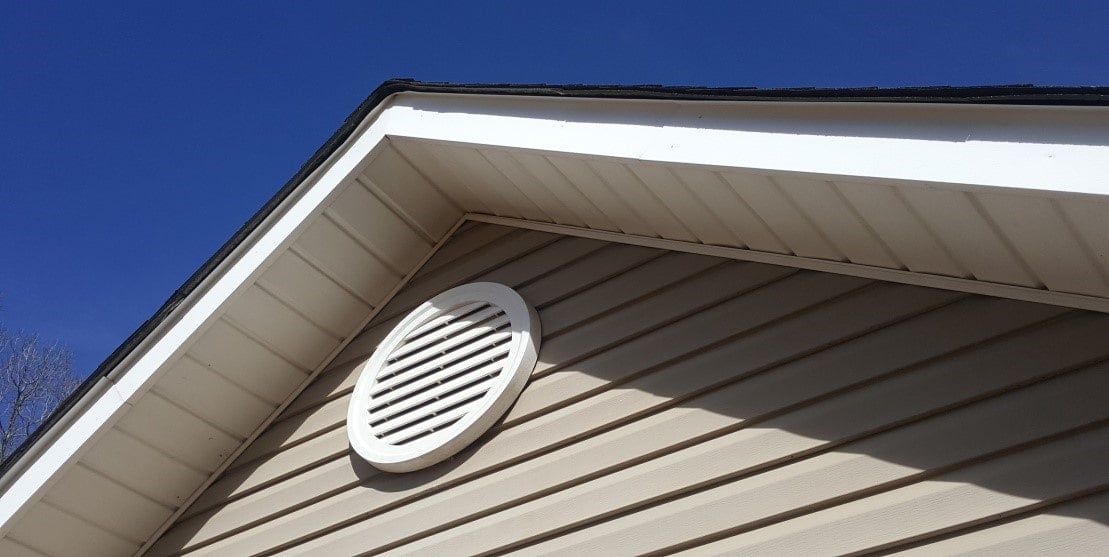- 0 Comment
Roof ventilation is a critical but often overlooked aspect of a well-maintained home. It involves the strategic installation of vents in the roof to allow air to circulate freely. Proper roof ventilation offers a range of benefits that not only improve the overall health of your home but also contribute to your comfort and energy efficiency. In this blog, we’ll explore four significant advantages of roof ventilation and why investing in this feature is a smart decision for any homeowner.
- Temperature Regulation
One of the primary benefits of roof ventilation is its role in temperature regulation within your home. During hot summers, attics and roof spaces can become extremely hot, trapping heat and creating a sauna-like environment. This heat buildup can seep into your living spaces, causing your cooling systems to work harder and consume more energy, leading to higher utility bills. However, with proper roof ventilation, hot air is allowed to escape, and cooler air is drawn in from outside, maintaining a more comfortable and stable indoor temperature. This natural cooling effect can significantly reduce the strain on your air conditioning system and save you money on energy costs.
- Moisture Control
Moisture buildup in the attic can lead to a host of problems, including mold and mildew growth, wood rot, and structural damage. Roof ventilation plays a crucial role in moisture control by preventing condensation and excess humidity in the attic space. When warm, moist air rises into the attic, it can condense on cooler surfaces, such as rafters and roof sheathing. Over time, this can cause water damage and compromise the integrity of your roof’s structure. However, with adequate ventilation, the warm, moist air is expelled, reducing the risk of condensation and its associated problems. A well-ventilated roof helps to maintain a dry and healthy environment, protecting both your home and your family from potential health hazards.
- Extended Roof Lifespan
Roofs are exposed to various weather elements, including rain, snow, and UV radiation, which can lead to wear and tear over time. Excessive heat and moisture can further accelerate this deterioration. Roof ventilation can significantly extend the lifespan of your roof by reducing the strain caused by extreme temperature fluctuations and moisture buildup. By promoting proper airflow, roof ventilation helps to keep your roof materials at a more stable temperature, preventing premature aging and degradation. As a result, your roof can last longer and require fewer repairs, ultimately saving you money in the long run.
- Energy Efficiency
Roof ventilation plays a crucial role in improving the overall energy efficiency of your home. As mentioned earlier, a well-ventilated roof helps to regulate indoor temperatures, reducing the need for excessive heating or cooling. By relying less on mechanical systems, you can cut down on energy consumption and decrease your carbon footprint. Additionally, a cooler attic space means less heat transfer into your living areas, keeping your home more comfortable without relying heavily on air conditioning. Lower energy consumption not only benefits the environment but also results in reduced energy bills, saving you money month after month.
Investing in proper roof ventilation is a wise decision that offers numerous benefits for homeowners. From regulating indoor temperatures and controlling moisture to extending the lifespan of your roof and increasing energy efficiency, roof ventilation plays a crucial role in maintaining a healthy and comfortable home environment. When considering roof upgrades or renovations, don’t overlook the importance of roof ventilation. Consult with a roofing professional to determine the most suitable ventilation system for your home’s specific needs. With a well-ventilated roof, you can enjoy enhanced comfort, reduced energy costs, and the peace of mind that your home is protected from potential moisture-related issues and premature roof deterioration.

